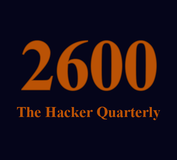

It can be, but the forums and wiki is full of examples and documentation. One can also easily download the VMware image or buy a few hAP ac lites off ebay for the price of a pizza. Not saying the structured approach of an online course is not valuable just its rather easy to dive into these devices with one’s own at home lab. Plus out of the box there is not a lot of heavy customization one needs to do to the configuration like one would with Cisco products.




I actually find this a huge problem. Not all distros are built around LSB, XDG, or FreeDesktop.org nor should they be since not everyone is running Linux as a workstation/PC replacement. While yes for the most part podman can be ran on the likes of Gentoo, Alpine, Arch and etc. It becomes a pain in the arse to decouple the tooling for podman away from freedesktop.org standards. Even more a pain in the arse for clustering options (e.g. podman-remote expects freedesktop.org norms, kubernetes expects docker containerd or freedesktop.org with podman, and nomad stack is just bulky vaporware).
The really sad part of this is that podman isn’t adding much of anything new that LXC or linux namespaces outside of not needing a daemon, allowing rootless execution (again because it doesn’t need a daemon) and giving ACLs around which OCI repos could be pulled from unlike docker’s wildcard by default. It shouldn’t be hard to do linux containerization without being tied to anything other than the linux kernel.